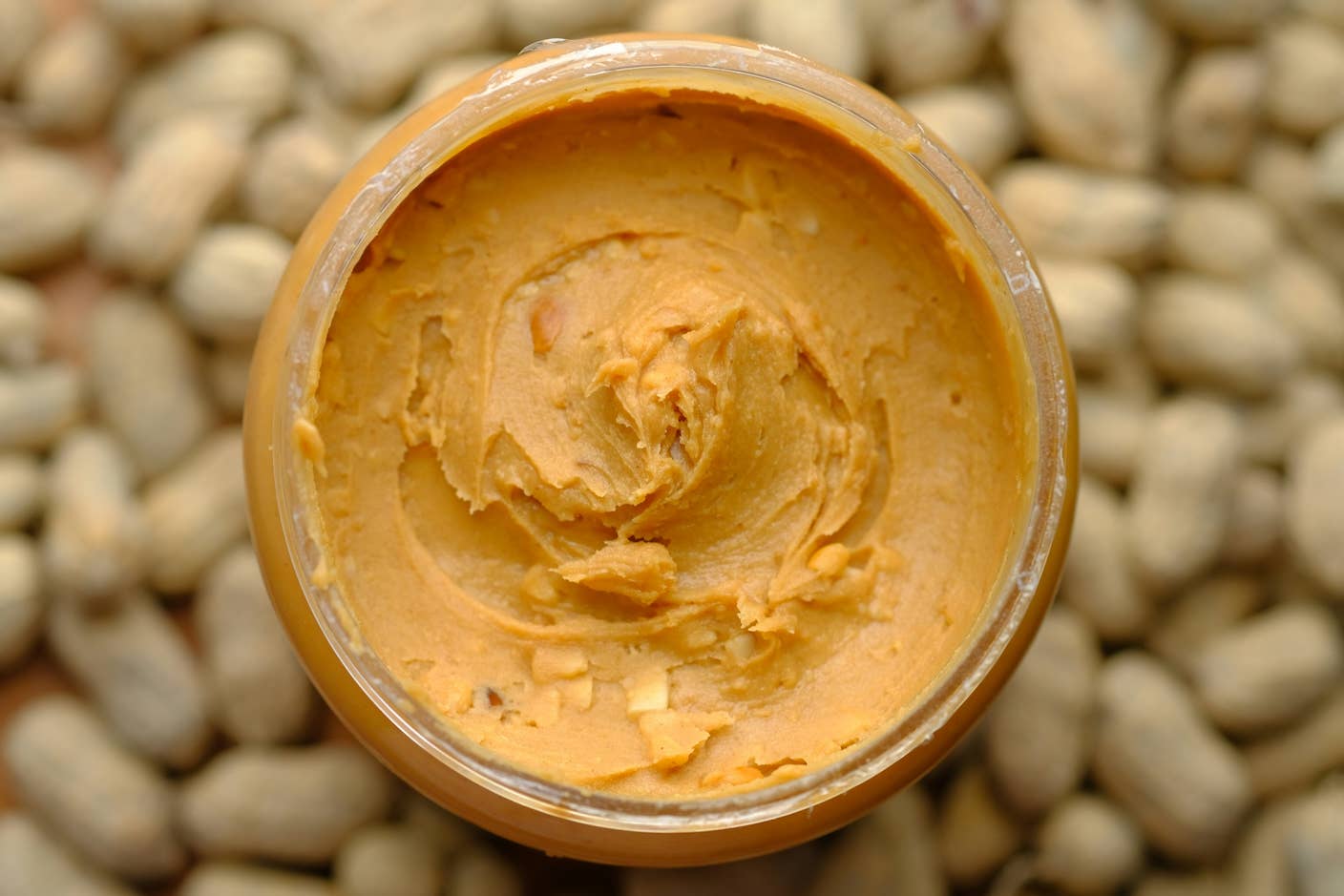Study Suggests an mRNA Shot Could Reverse This Deadly Pregnancy Condition

Share
With a single shot, scientists protected pregnant mice from a deadly complication called pre-eclampsia. The shot, inspired by mRNA vaccines, contains mRNA instructions to make a protein that reverses damage to the placenta—which occurs in the condition—protecting both mother and growing fetus.
Pre-eclampsia causes 75,000 maternal deaths and 500,000 fetal and newborn deaths every year around the globe. Trademark signs of the condition are extreme high blood pressure, reduced blood flow to the placenta, and sometimes seizures. Existing drugs, such as those that lower blood pressure, manage the symptoms but not the underlying causes.
“There aren’t any therapeutics that address the underlying problem, which is in the placenta,” study author Kelsey Swingle at the University of Pennsylvania told Nature.
Thanks to previous studies in mice, scientists already have an idea of what triggers pre-eclampsia: The placenta struggles to produce a protein crucial to the maintenance of structure and growth. Called vascular endothelial growth factor (VEGF), the condition inhibits the protein’s activity, interfering with the maternal blood vessels supporting placental health.
Restoring the protein could treat the condition at its core. The challenge is delivering it.
The team developed a lipid-nanoparticle system that directly targets the placenta. Like in Covid vaccines, these fatty “bubbles” are loaded with mRNA molecules that instruct cells to make the missing protein. But compared to standard lipid nanoparticles used in mRNA vaccines, the new bubbles—dubbed LNP 55—were 150 times more likely to home in on their target.
In two mouse models of pre-eclampsia, a single shot of the treatment boosted VEGF levels in the placenta, spurred growth of healthy blood vessels, and prevented symptoms. The treatment didn’t harm the fetuses. Rather, it helped them grow, and the newborn mouse pups were closer to a healthy weight.
The new approach is “an innovative method,” wrote Ravi Thadhani at Emory University and Ananth Karumanchi at the Cedars-Sinai Medical Center, who were not involved in the study.
A Surprising Start
The team didn’t originally focus on treating pre-eclampsia.
“We’re a drug delivery lab,” study author Michael Mitchell told Nature. But his interest was piqued when he started receiving emails from pregnant mothers, asking whether Covid-19 mRNA vaccines were safe for fetuses.
A quick recap: Covid vaccines contain two parts.
One is a strand of mRNA encoding the spike protein attached to the surface of the virus. Once in the body, the cell’s machinery processes the mRNA, makes the protein, and this triggers an immune response—so the body recognizes the actual virus after infection.
The other part is a lipid nanoparticle to deliver the mRNA cargo. These fatty bubbles are bioengineering wonders with multiple components. Some of these grab onto the mRNA; others stabilize the overall structure. A bit of cholesterol and other modified lipids lower the chance of immune attack.
Previously, scientists found that most lipid nanoparticles zoom towards the liver and release their cargo. But “being able to deliver lipid nanoparticles to parts of the body other than the liver is desirable, because it would allow designer therapeutics to be targeted specifically to the organ or tissue of interest,” wrote Thadhani and Karumanchi.
Inspired by the emails, the team first engineered a custom lipid nanoparticle that targets the placenta. They designed nearly 100 delivery bubbles—each with a slightly different lipid recipe—injected them into the bloodstream of pregnant mice, and tracked where they went.
One candidate, called LNP 55, especially stood out. The particles collected in the placenta, without going into the fetus. This is “ideal because the fetus is an ‘innocent bystander’ in pre-eclampsia” and likely not involved in triggering the complication, wrote Thadhani and Karumanchi. It could also lower any potential side effects to the fetus.
Compared to standard lipid nanoparticles, LNP 55 was 150 times more likely to move into multiple placental cell types, rather than the liver. The results got the team wondering: Can we use LNP 55 to treat pregnancy conditions?
Be Part of the Future
Sign up to receive top stories about groundbreaking technologies and visionary thinkers from SingularityHub.


Load It Up
The next step was finding the right cargo to tackle pre-eclampsia. The team decided on VEGF mRNA, which can fortify blood vessels in the placenta.
In two mouse models of pre-eclampsia in the middle of their pregnancy, a single injection reduced their high blood pressure almost immediately, and their blood pressure was stable until delivery of their pups. The treatment also lowered “toxins” secreted by the damaged placenta.
“This is really exciting outcome, and it suggests that perhaps we’re remolding the vasculature [blood vessel structure] to kind of see a really sustained therapeutic effect,” said Swingle.
The treatment also benefited the developing pups. Moms with pre-eclampsia often give birth to babies that weigh less. This is partly because doctors induce early delivery as a mother’s health declines. But an unhealthy placenta also contributes. Standard care for the condition can manage the mother’s symptoms, but it doesn’t change birth weight. The fetuses look almost “shriveled up” because of poor nutrient and lack of oxygen, said Mitchell.
Pups from moms treated with VEGF mRNA were far larger and healthier, looking almost exactly the same as normal mice born without pre-eclampsia.
A Long Road Ahead
Though promising, there are a few roadblocks before the treatment can help pregnant humans.
Our placentas are vastly different compared to those of mice, especially in their cellular makeup. The team is considering guinea pigs, which surprisingly have placentas more like humans, for future testing. Higher doses of VEGF may also trigger side effects, such as making blood vessels leakier—although the problem wasn’t seen in this study.
Dosing schedule is another problem. Mice are pregnant for roughly 20 days, a sliver of time compared to a human’s 40 weeks. While a single dose worked in mice, the effects may not last for longer pregnancies.
Then there’s timing. In humans, pre-eclampsia begins early when the placenta is just taking shape. Starting the treatment earlier, rather than in the middle of a pregnancy, could have different results.
Regardless, the study is welcome. Research into pregnancy complications has lagged cancer, heart conditions, metabolic disorders, and even some rare diseases. Limited funding aside, developing drugs for pregnancy is far more difficult because of stringent regulations in place to protect mother and fetus from unexpected and potentially catastrophic side effects.
The new work “offers a promising opportunity to tackle pre-eclampsia, one of the most common and devastating medical complications in pregnancy, and one that is in dire need of intervention,” wrote Thadhani and Karumanchi.
Image Credit: Isaac Quesada on Unsplash
Dr. Shelly Xuelai Fan is a neuroscientist-turned-science-writer. She's fascinated with research about the brain, AI, longevity, biotech, and especially their intersection. As a digital nomad, she enjoys exploring new cultures, local foods, and the great outdoors.
Related Articles

New Gene Drive Stops the Spread of Malaria—Without Killing Any Mosquitoes

New Immune Treatment May Suppress HIV—No Daily Pills Required

Scientists Just Developed a Lasting Vaccine to Prevent Deadly Allergic Reactions
What we’re reading